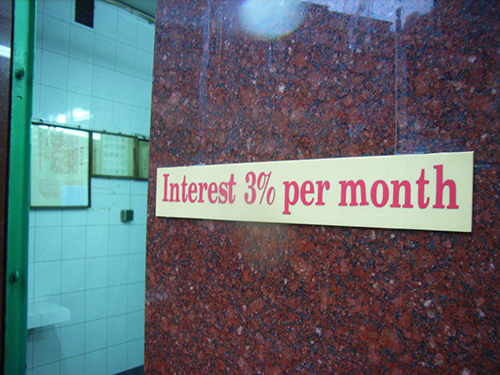Owner Financing: The Pros and Cons for Both Buyers and Sellers
Owner financing is a less traditional approach in a home purchase. A buyer who does not have a good credit score, doesn’t have enough money for the purchase, or doesn’t qualify for a mortgage may consider this as an option. Also called as seller financing, the seller gives a specific amount of loan or credit to the buyer, so that he could purchase the home. A down payment is still required for this. Both parties will then discuss about the remaining payment that must be paid per month, its interest, as well as the consequences in case the buyer was not able to complete the payment.
This could last for 30 years, although there are also those with a five-year term, in which a balloon payment or a big amount of payment for the total loan is paid. The title of the house is only handed to the buyer once the payment has been completed. Owner financing has its advantages and drawbacks both for the seller and buyer. Whether you’re an owner of a house or a buyer that’s considering this option, weighing its pros and cons would help you determine if it’s the right choice for you.
Pros for Seller
No Costly Repairs
In a traditional setting, you may be required by the mortgage broker to make necessary repairs before you can sell the house. These repairs could be costly and would come out of your pocket. If you can’t complete the needed fix, this could hurt your chance of having your house sold fast.
Sell Quicker
Since this would attract potential buyers that may not have the means to purchase a new home with the traditional methods, it would be quicker to sell the home.
Keep the Title
Unlike a traditional mortgage, you will still be able to keep the title of the house, until the full amount for the house purchase has been completed. If the buyer wasn’t able to keep the end of the agreement for some reason, you get to keep the title, as well as the down payment and any amount paid to you during the period of the contract.
Cons for Seller
Repair May be Needed

Austell, Georgia, November 2, 2009: A contractor makes repairs to a home flooded during the severe storms and flooding that damaged thousands of Georgia homes in September 2009. David Fine/FEMA
If you end up getting your property back, you’re not 100 percent sure that it’s still in good condition. This means that you may still need to do some repairs if you decide to live there again or if you wish to resell it.
Foreclosure Is Still Possible
There’s a possibility that the buyer may not just leave the property even if he could no longer pay. This could end up in the foreclosure of the property.
Pros for Buyer
Good for Those Who Can’t Get a Mortgage
If you don’t qualify for a mortgage, this is another option for you to finally purchase your own home. It doesn’t require credit check. Everything can be negotiated directly with the seller.
Down Payment is Flexible
Lenders and banks usually require minimum amount for the down payment when purchasing a home. You will pay this amount out of your pocket, while the lender or the bank will cover for the balance, which you will then pay to them monthly for a certain period. This is not the case with owner financing as you can negotiate the amount with the seller.
Quicker and Cheaper Closing
The traditional method of purchasing a home often takes time and money to complete. Applications and appraisal must all be completed before you can move to the house. The process is faster with owner financing since everything depends on what you and the seller have agreed on.
Cons for Buyer
Balloon Payment May be Required
A huge amount of payment may be required after five years. If this was not met, this could mean losing the property and everything that you have already paid.
Interest Rate is High
The interest rate that you’ll pay is typically higher that what you would pay in a traditional mortgage.
Weigh the pros and cons given in this post as this would help you determine if this is the best option for you.
Photo Attribution:
Featured and 1st image by Mattinbgn (talk · contribs) (Own work) [GFDL (http://www.gnu.org/copyleft/fdl.html) or CC BY 3.0 (http://creativecommons.org/licenses/by/3.0)], via Wikimedia Commons
2nd image by David Fine (This image is from the FEMA Photo Library.) [Public domain], via Wikimedia Commons
3rd image by Rammiefong (Own work) [CC BY-SA 3.0 (http://creativecommons.org/licenses/by-sa/3.0)], via Wikimedia Commons


